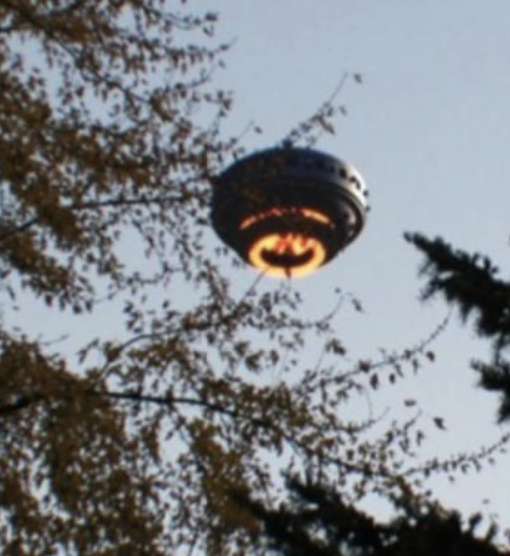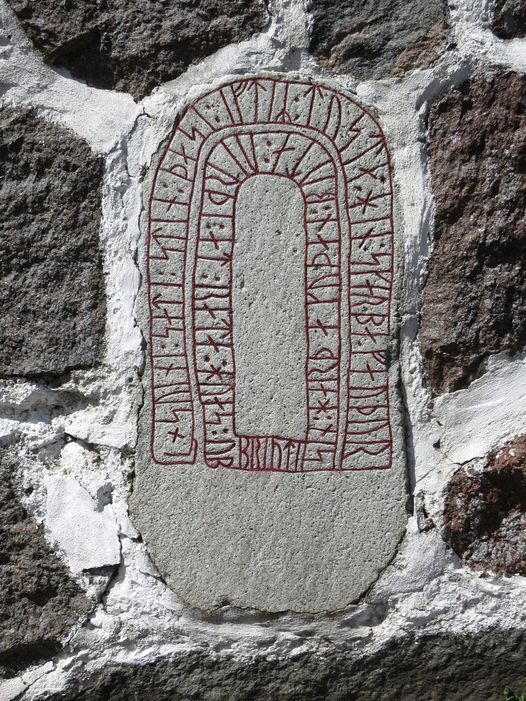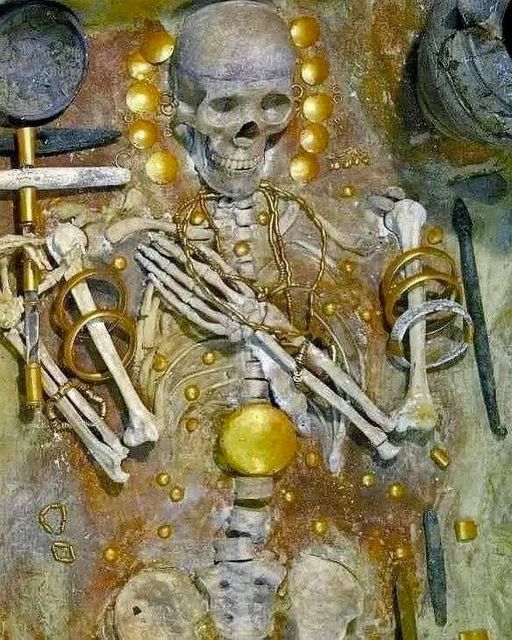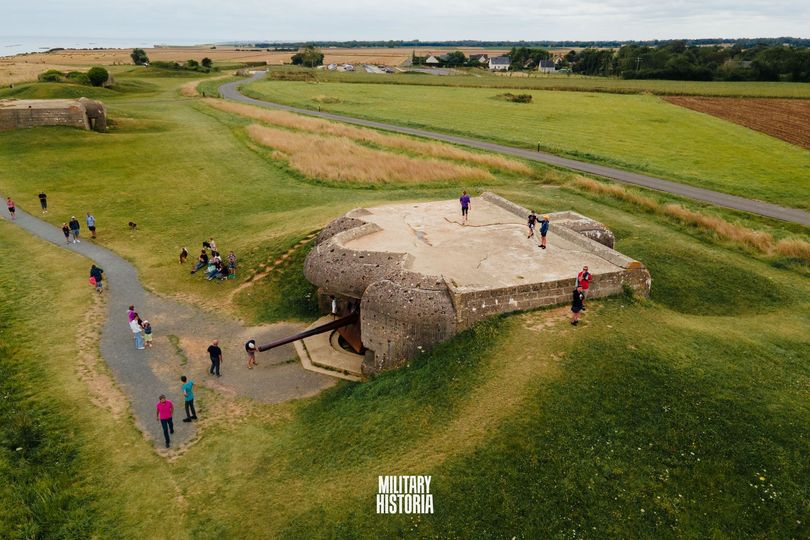Nestled along the windswept coastline of Orkney, Scotland, lies one of the most remarkable archaeological sites in the world: Skara Brae. This ancient settlement, dating back over 5,000 years, offers a fascinating glimpse into the lives of Neolithic people who inhabited the area millennia ago.
Exploring the Ancient Mystery of Skara Brae
Nestled along the windswept coastline of Orkney, Scotland, lies one of the most remarkable archaeological sites in the world: Skara Brae. This ancient settlement, dating back over 5,000 years, offers a fascinating glimpse into the lives of Neolithic people who inhabited the area millennia ago. Radiocarbon dating suggests that Skara Brae was occupied for around 650 years, predating even the iconic monuments of Stonehenge and the Great Pyramids of Giza. In this blog post, we delve into the captivating history of Skara Brae and uncover the secrets of this ancient Neolithic village.

Uncovering the Secrets of Skara Brae: A Window into Neolithic Life
Skara Brae was discovered in the winter of 1850 when a powerful storm stripped away layers of sand dunes, revealing the remains of a prehistoric settlement hidden beneath. Excavations conducted in the following decades unveiled a remarkably well-preserved village consisting of several stone-built houses interconnected by passageways. The layout of Skara Brae suggests a tightly-knit community, where families lived in close proximity and shared resources. Each dwelling was equipped with stone furniture, including beds, dressers, and hearths, providing insights into the daily lives and domestic activities of its inhabitants.

The Remarkable Engineering of Skara Brae: A Testament to Ancient Ingenuity
One of the most striking aspects of Skara Brae is its sophisticated architectural design, which showcases the ingenuity and craftsmanship of its Neolithic builders. The houses of Skara Brae were constructed from locally sourced stone, carefully shaped and arranged to create sturdy structures capable of withstanding the harsh Orkney climate. Intriguingly, some of the dwellings feature sophisticated drainage systems and primitive forms of heating, suggesting a level of engineering prowess far ahead of its time. The precise alignment of the buildings with the surrounding landscape hints at a deeper understanding of celestial phenomena and the natural environment.

The Legacy of Skara Brae: A Testament to Human Resilience and Adaptability
Skara Brae stands as a testament to the resilience and adaptability of early human communities, who thrived in the challenging conditions of the Neolithic era. Despite the passage of millennia, the enduring legacy of Skara Brae continues to captivate the imagination of archaeologists, historians, and visitors alike. The site offers invaluable insights into the social organization, technological innovation, and cultural practices of Neolithic societies, enriching our understanding of human development and civilization.

Reflecting on Ancient Discoveries: Lessons from the Past for the Present and Future
As we marvel at the ancient wonders of Skara Brae, we are reminded of the enduring importance of archaeological discoveries in shaping our understanding of the past and informing our actions in the present. The lessons gleaned from sites like Skara Brae—about community, resilience, and innovation—offer valuable guidance as we navigate the complexities of the modern world. By studying and preserving the archaeological heritage of our ancestors, we honor their memory and gain invaluable insights that can help us build a more sustainable and equitable future for










